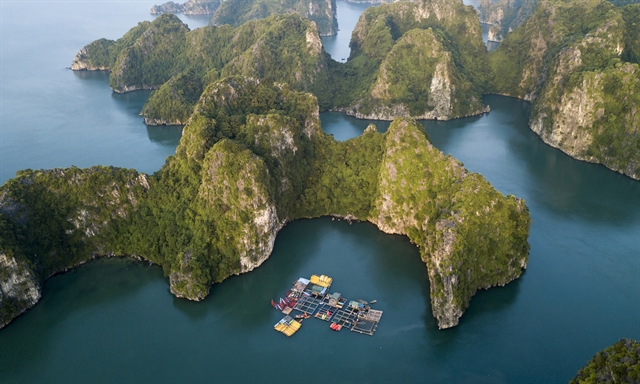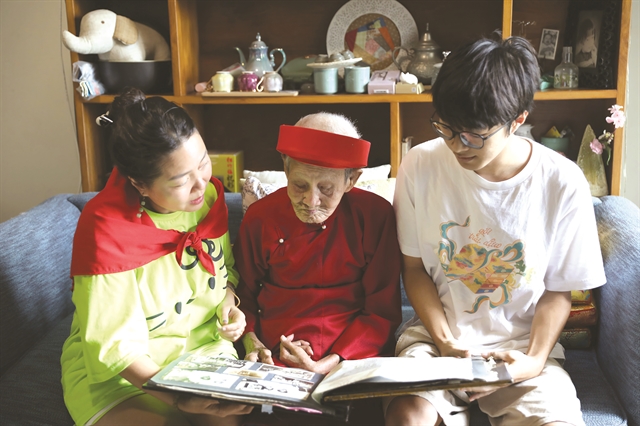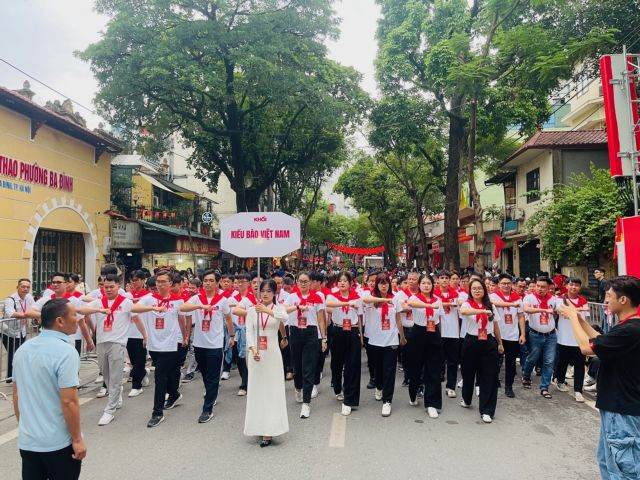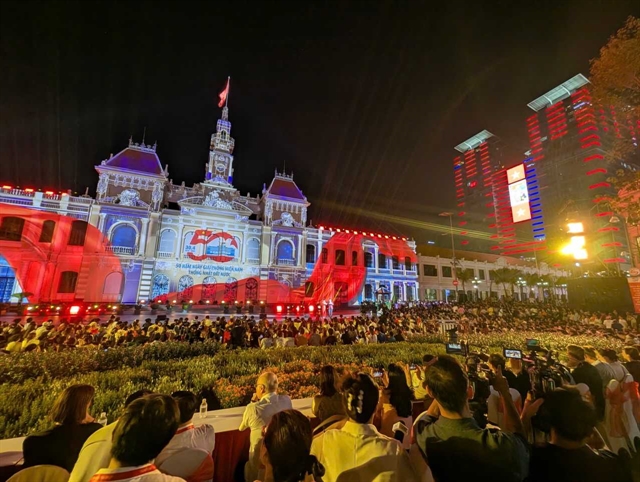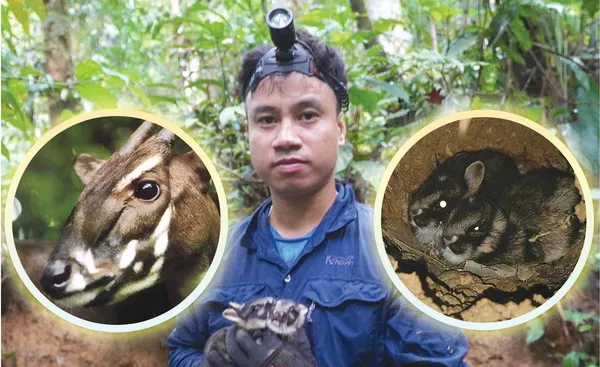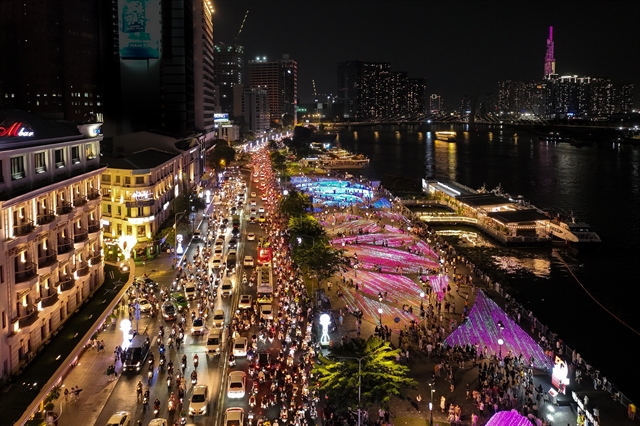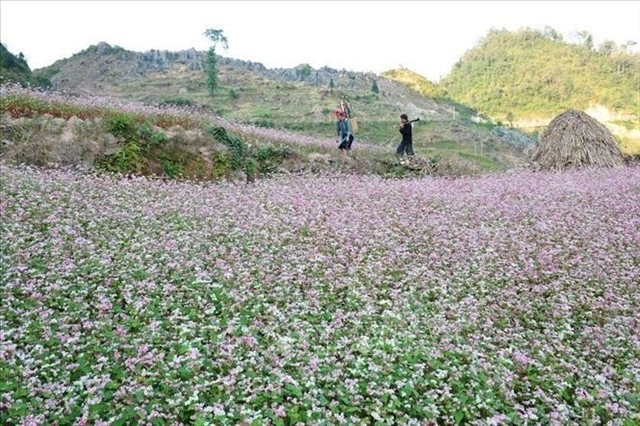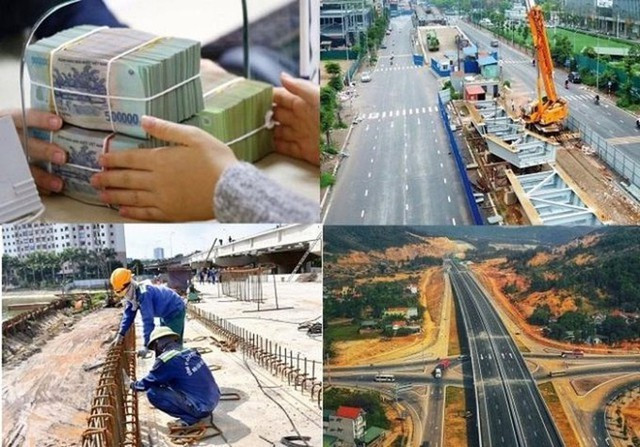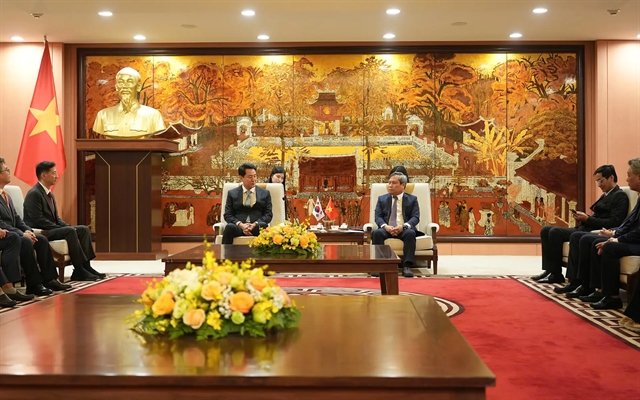
With its low temperatures, wintry weather, mist and occasional snowfall, the Winter Festival has become a distinctive tourism product and signature brand of Sa Pa.

Many exhibitions have been regularly held in public areas, bringing art closer to the public. They are not only places for displaying works but also cultural touchpoints where people can find harmony, inspiration, and a part of their own soul.

For ball-jointed doll maker Bùi Thịnh Đa is chasing a fiery passion of creating dolls that represent Vietnamese culture.

Passionate about letters since his teenage years, Đỗ Nhật Thịnh has introduced a fresh perspective to the art of calligraphy – youthful, dynamic, and deeply connected to community life.

Mũi Né Antiquities Museum is considered the first private antiquities museum in the coastal area of Lâm Đồng Province that is home to tens of thousands of valuable artifacts and contributes to cultural promotion and tourism development.

Since 2007, Việt Nam has produced pearls that rival or even surpass those from Japan and China in beauty, thanks to its warmer and less polluted seawater.

Amidst the rhythm of life in the mountains and forests, the sound of the đàn tính and the lyrics of then have become familiar melodies, nurturing the souls of generations of Tày and Nùng people in Bắc Ninh Province.

The province boasts numerous renowned landscapes with significant historical and cultural value, making it an ideal spot for green tourism.

Hải Anh Commune in Ninh Bình Province is long famous not only for its ancient tile-roof bridge of Lương Pagoda -- a dragon-shaped relic of over 500 years old, but also for the traditional art wood carving craft, and now art painting.

Painter Nguyễn Thị Mộng Bích observed the world with the pure, tender sensibility of a woman - sincere, compassionate and unostentatious.

Đào Minh Tiến, a disciplined military-trained YouTube vlogger from Hưng Yên, captures Việt Nam’s true spirit through quiet daily moments. Inspired by early travels like Cao Bằng, he shares the country’s beauty beyond its famous landscapes.

The Hygge Farm, a small farm about 30km from Hội An ancient town, has become a popular destination for international volunteers and young families looking for authentic experiences.

When heritage is well-preserved, it transforms into a shared treasure - no longer viewed as distant relics of the past, but as integral parts of community identity that foster both remembrance and future aspirations

As Việt Nam celebrates 80 years of independence, centenarian Nguyễn Văn Mỹ reflects on the pride felt at Ba Đình Square in 1945 and shares his hopes for the future generations who will lead the nation forward.

Việt Nam News reporter Nguyễn Khánh Chi spoke with some of the overseas Vietnamese participating in the 80th National Day celebrations, capturing their reflections, emotions, and sense of pride as they embrace this meaningful responsibility.

Reassessing its multilayered and diverse cultural heritage, from urban architecture and folk beliefs to traditional arts and industrial memory, is viewed as a key to developing a sustainable, identity-rich tourism sector.

Conservationists and researchers have been tracking the saola, or Asian bicorn (Pseudoryx nghetinhensis), one of the world’s rarest large mammals, in central Việt Nam, in nature since the latest photo of the endangered species was captured by a camera trap in Quảng Nam Province in 2013.

From the bustling nightlife of HCM City to the emerging evening scenes in Đồng Tháp and Cần Thơ, the night-time economy holds enormous potential for Việt Nam’s tourism industry.

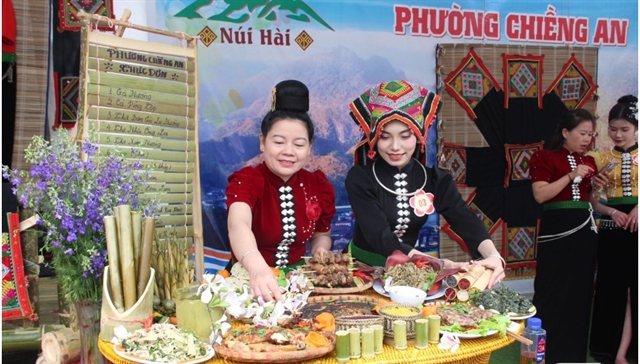


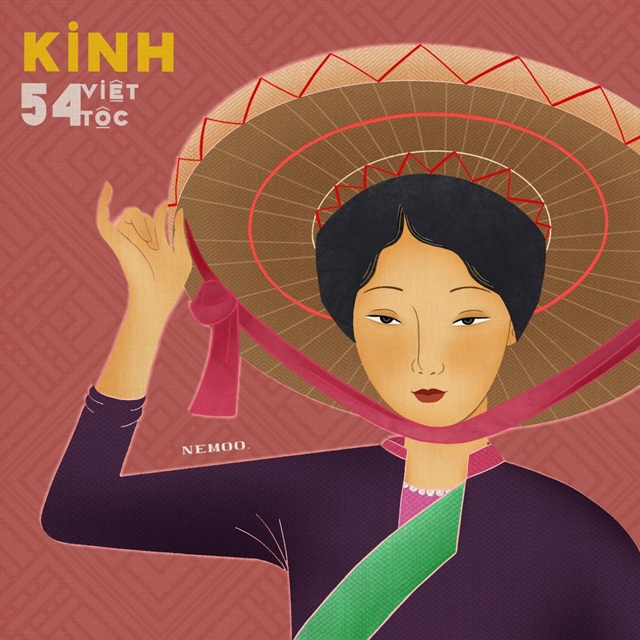
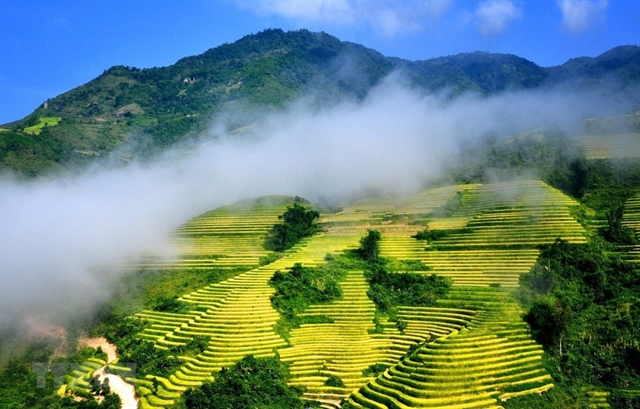
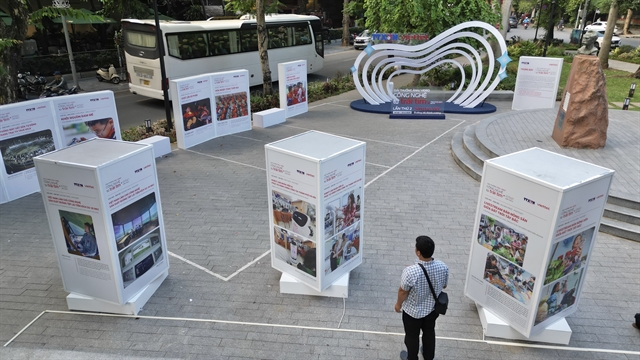
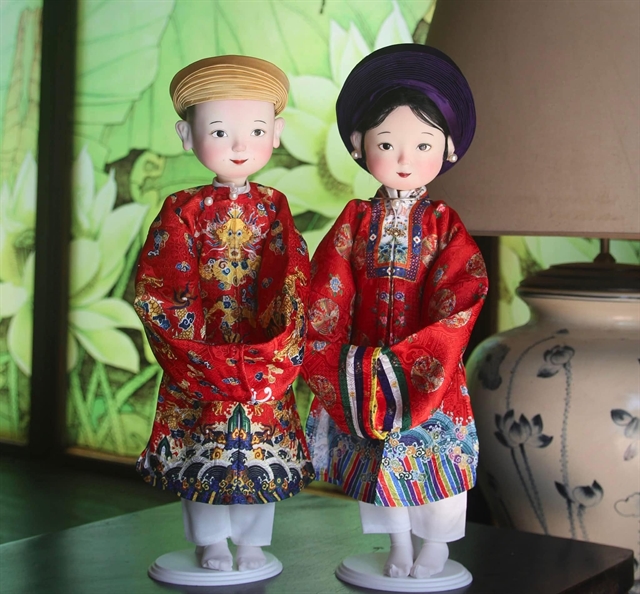
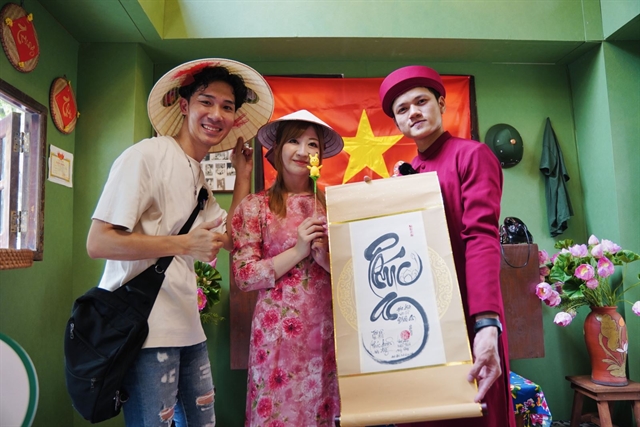
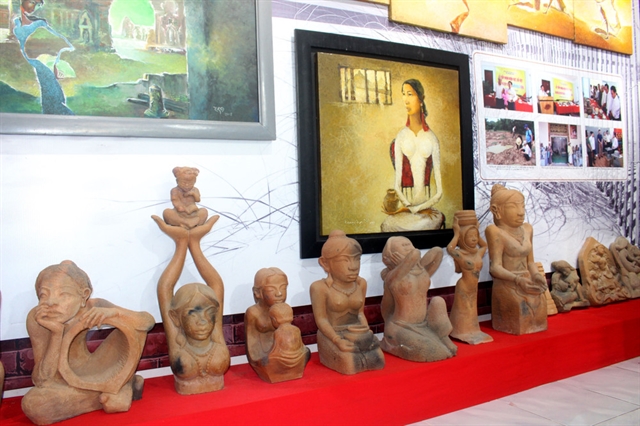
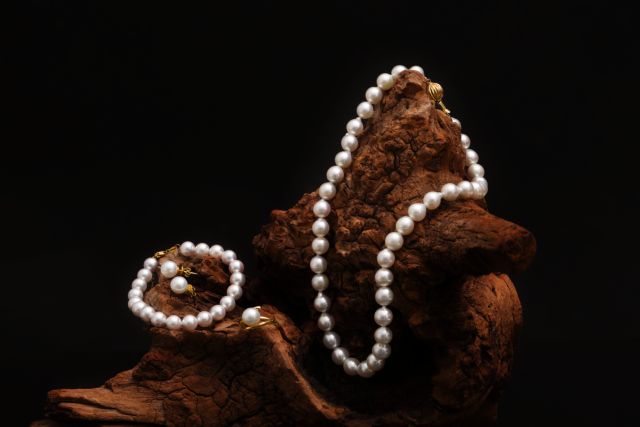
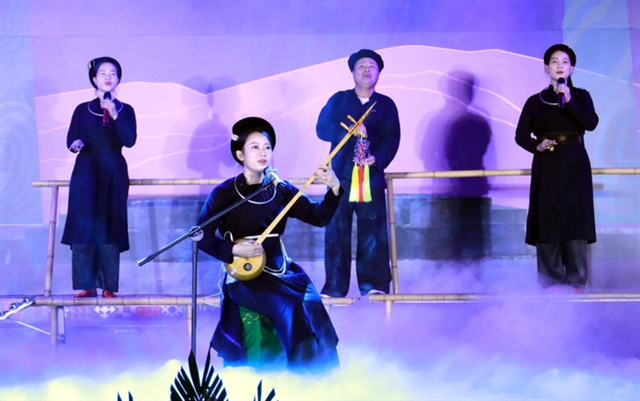
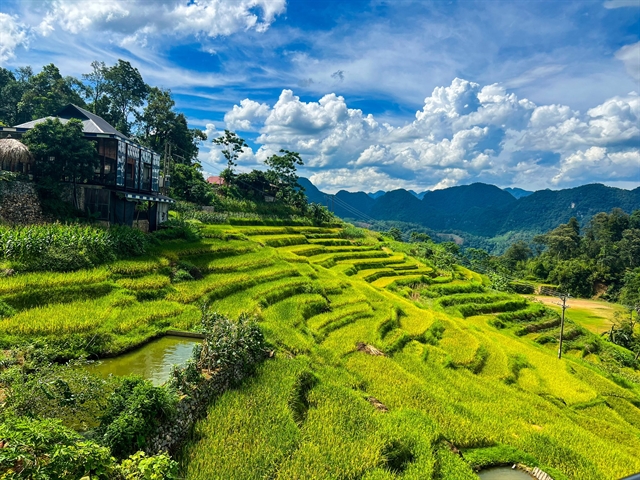
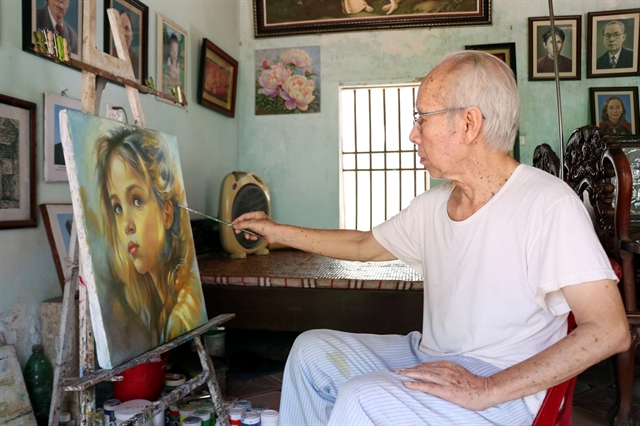
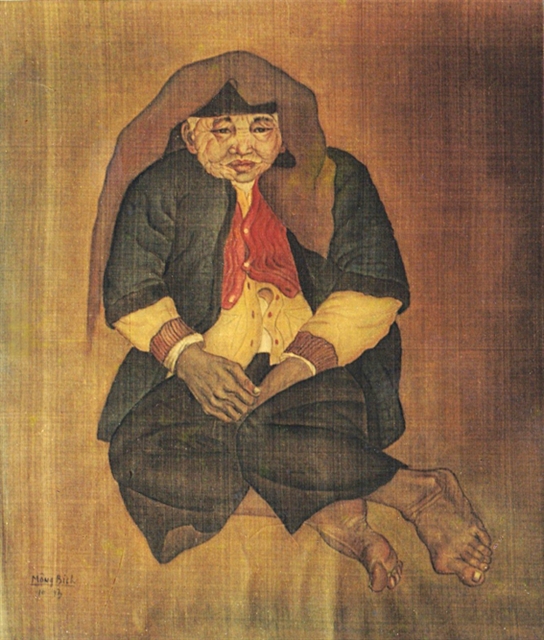
.jpg)

